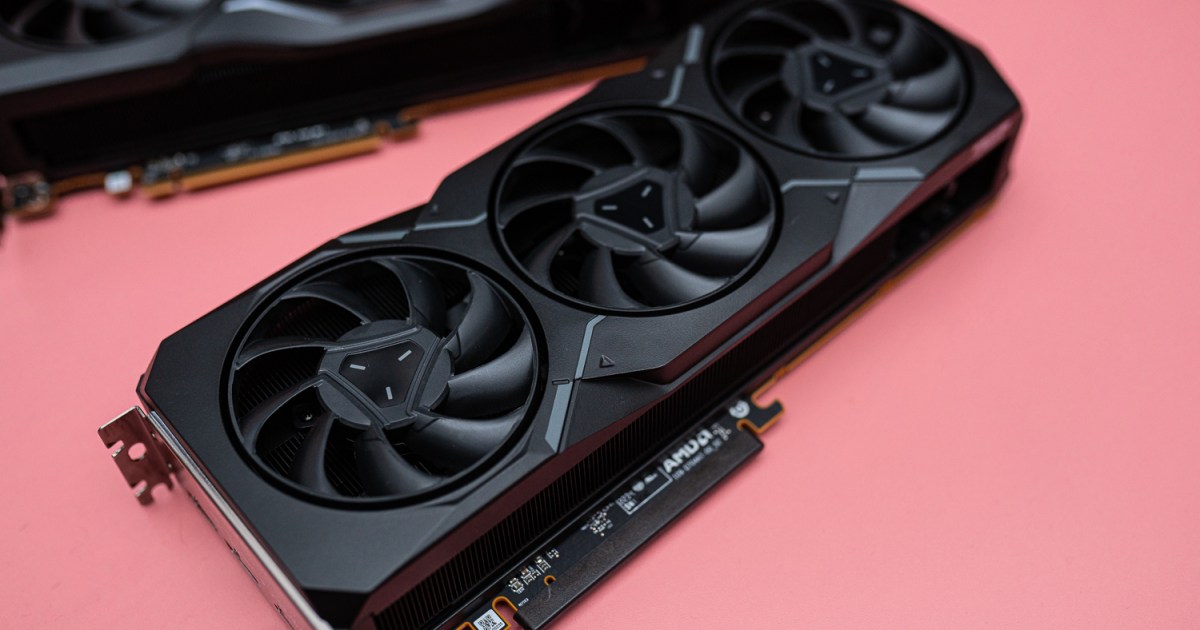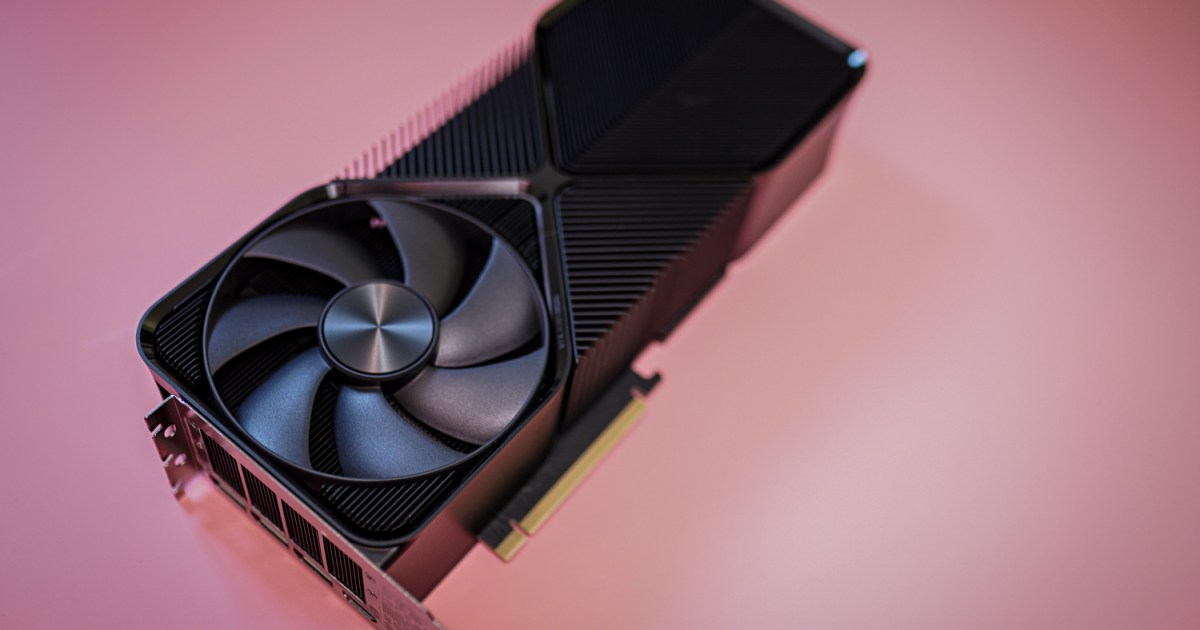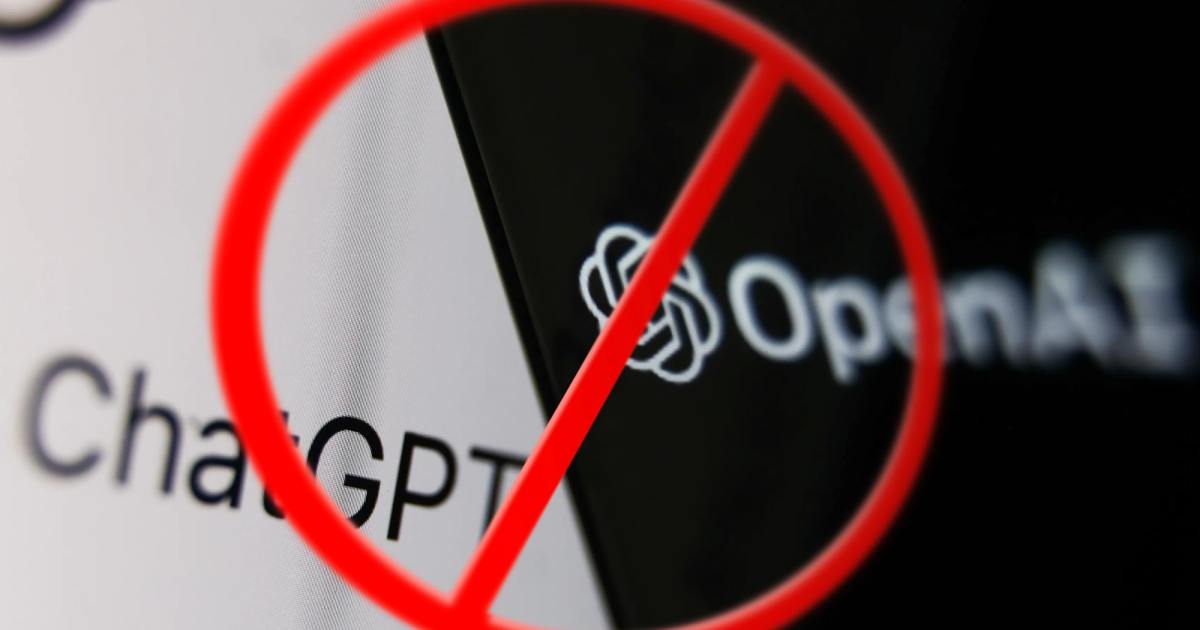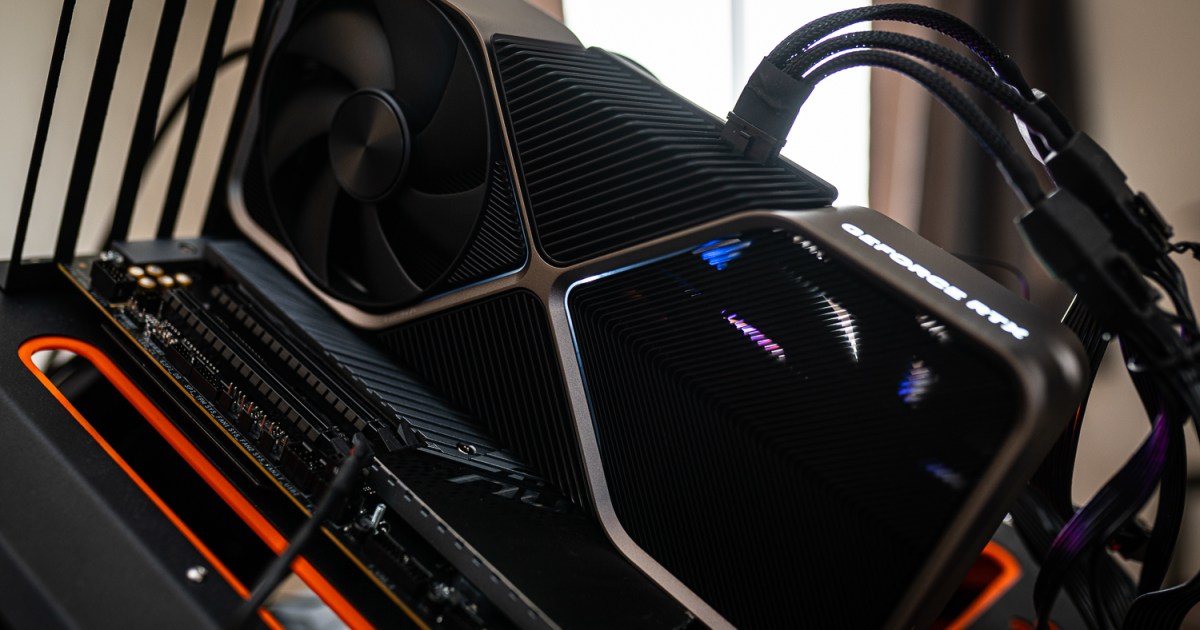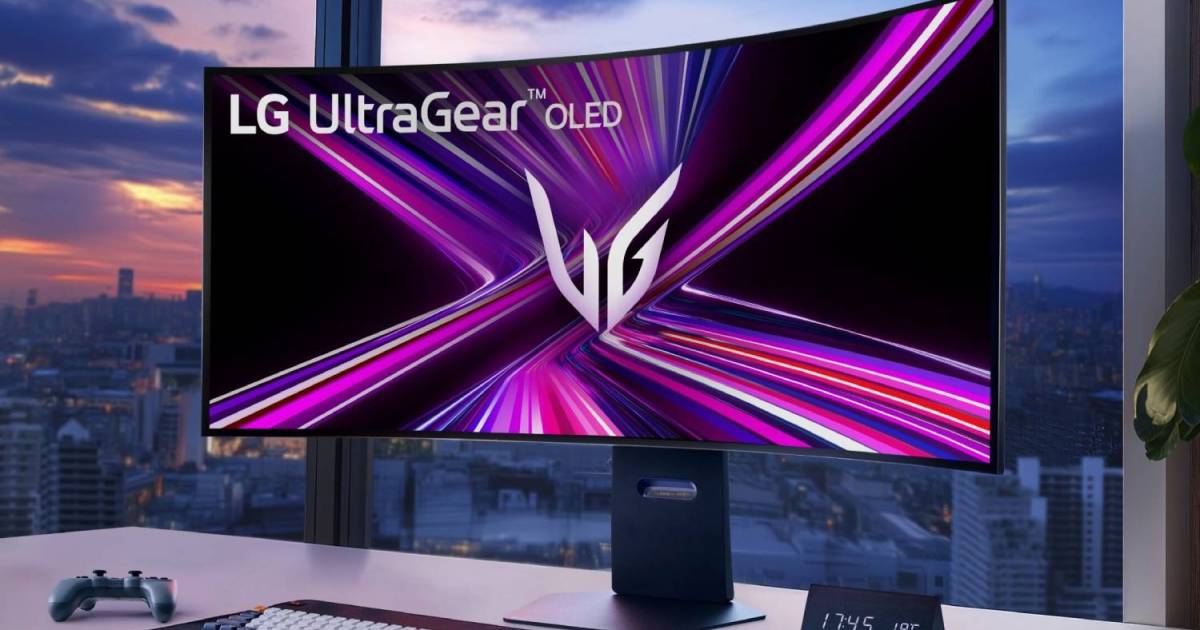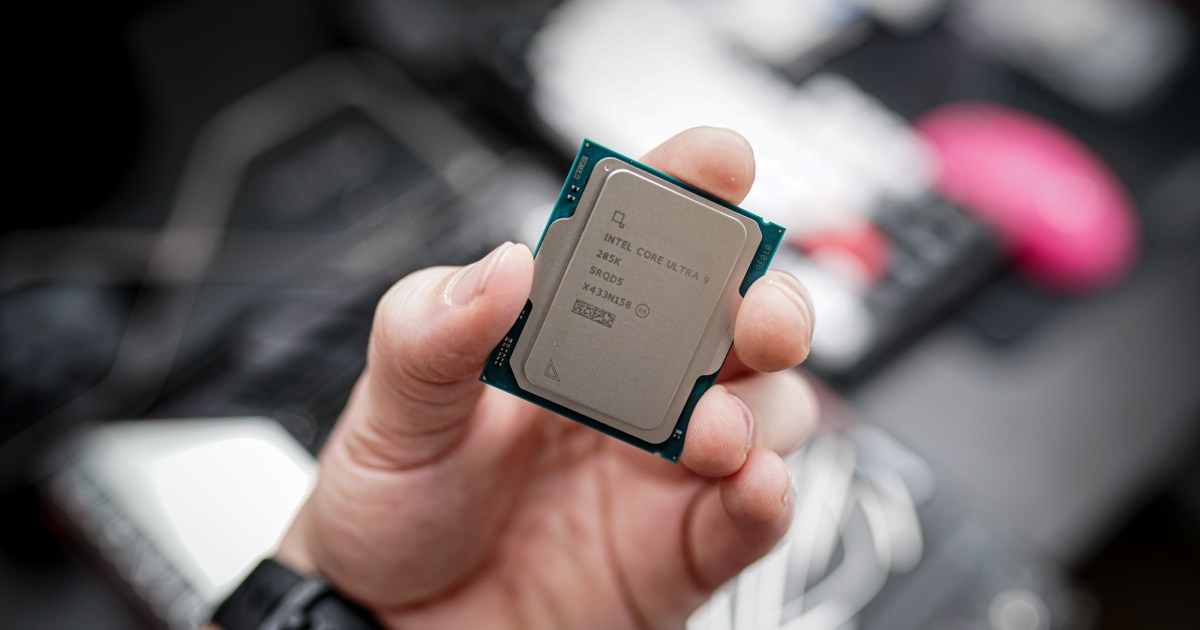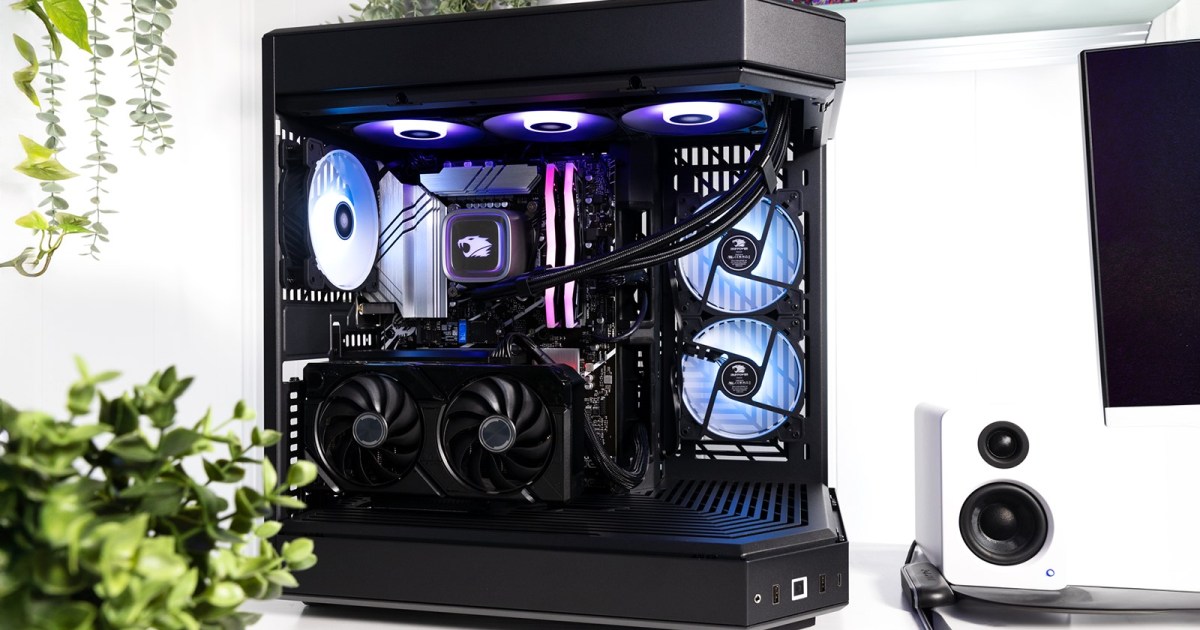The AI boom continues its relentless expansion, transforming platforms, mediums, and even devices. 2024 marked a monumental year for generative AI, with groundbreaking advancements pushing the boundaries of what’s possible. Here are 10 key announcements that shaped the AI landscape in 2024.
OpenAI Unveils GPT-4o: A New Era of Contextual Understanding
 Mira Murati announcing GPT-4o.
Mira Murati announcing GPT-4o.
While ChatGPT (powered by GPT-3.5) introduced revolutionary capabilities in 2022, the May 2024 release of GPT-4o truly elevated generative AI. Building upon GPT-4’s text and image processing capabilities, GPT-4o offers significantly enhanced contextual understanding. This improvement translates to superior performance across various tasks, including image captioning, visual analysis, and the generation of creative and analytical content like graphs, charts, and images.
Advanced Voice Mode: Bridging the Human-Computer Communication Gap
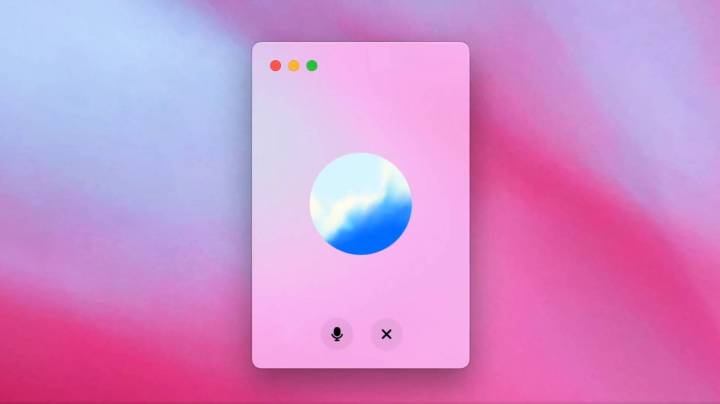 ChatGPT Advanced Voice Mode Desktop app
ChatGPT Advanced Voice Mode Desktop app
In September, OpenAI solidified its leadership in AI by introducing Advanced Voice Mode for ChatGPT subscribers. This feature revolutionized human-computer interaction, allowing users to converse naturally with the AI, eliminating the need for typed prompts. Leveraging GPT-4o’s human-equivalent response times, Advanced Voice Mode unlocked the AI’s full creative potential.
Generative AI Moves to the Edge: Accessibility and Integration
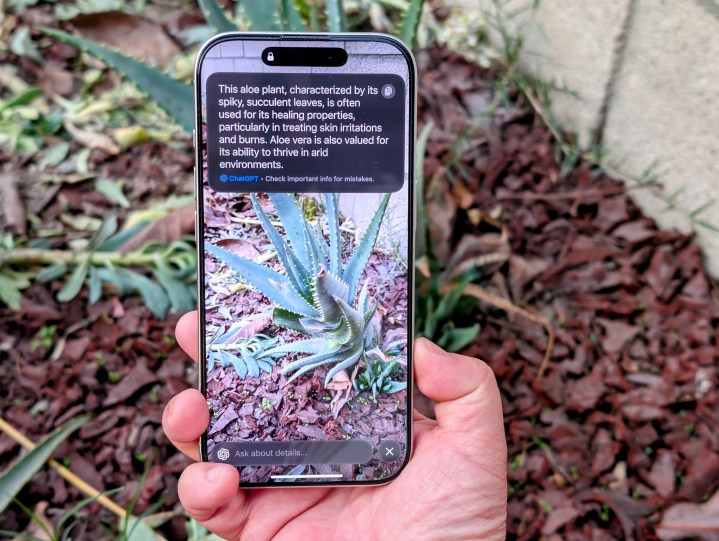 Using Visual Intelligence on an iPhone 16 Pro showing ChatGPT answer.
Using Visual Intelligence on an iPhone 16 Pro showing ChatGPT answer.
From its singular online presence in 2022, generative AI has proliferated across various devices in 2024, including smartphones, smart home devices, autonomous vehicles, and health monitoring gadgets. ChatGPT itself is now accessible through desktop and mobile apps, APIs, and even an 800 number. Microsoft integrated AI directly into its Copilot+ laptops, while Apple introduced Apple Intelligence, aiming to democratize access to generative AI, despite facing initial challenges. These advancements signal the ongoing evolution of AI accessibility and integration.
Nuclear Power Resurgence: Fueling the AI Revolution
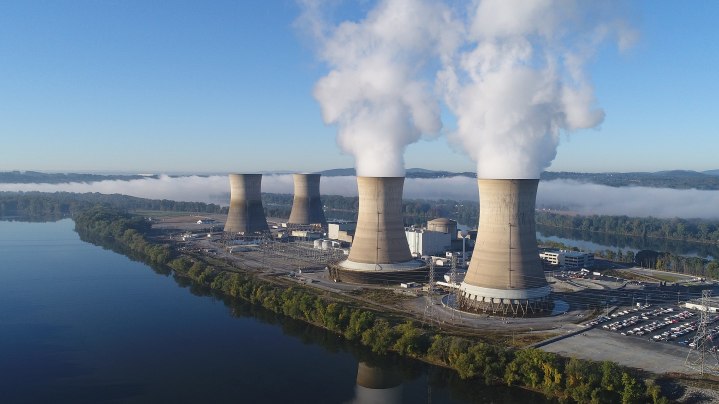 three Mile island
three Mile island
The increasing energy demands of large language models have prompted a renewed interest in nuclear power. Leading AI companies are exploring nuclear energy to power their data centers. Amazon acquired a nuclear-powered data center and invested in Small Modular Reactors (SMRs). Microsoft purchased Three Mile Island, aiming to restart Reactor One, highlighting the growing link between AI and nuclear energy.
The Rise of AI Agents: Specialized Models for Specific Tasks
 glasses and chatgpt
glasses and chatgpt
As the limitations of massive LLMs became apparent, the AI industry shifted towards specialized AI agents. These smaller, more efficient models focus on specific tasks, offering improved performance and responsiveness. Anthropic, Microsoft, and OpenAI all introduced their own agent platforms in 2024, marking a significant trend in AI development.
Reasoning Models Prioritize Accuracy over Speed
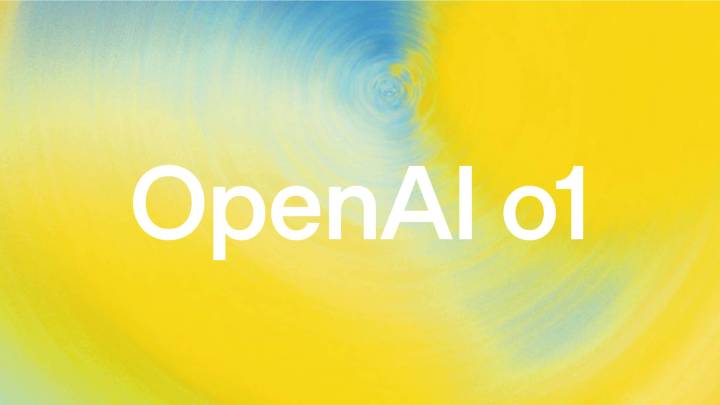 The openAI o1 logo
The openAI o1 logo
Addressing the accuracy concerns of some LLMs, OpenAI’s o1 reasoning model prioritizes internal verification over speed. While initially limited to premium subscribers, o1 and similar models from Google (Gemini 2.0 Flash Thinking Experimental) demonstrate a growing focus on accuracy and reliability in AI responses. OpenAI is already developing its successor, o3.
AI-Powered Search Transforms Online Information Retrieval
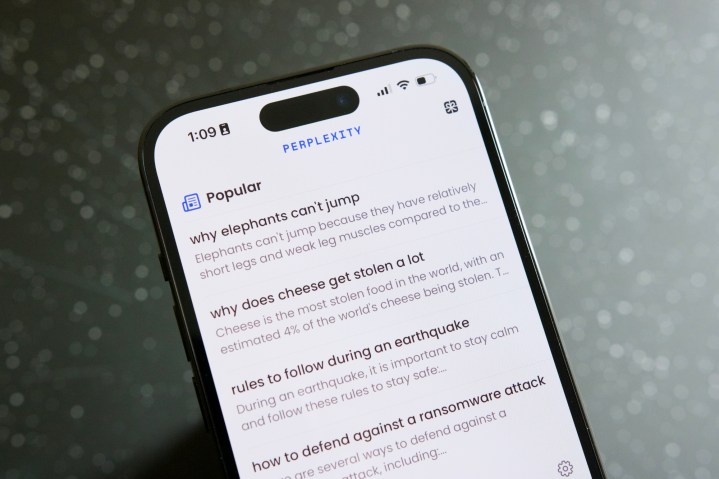 Perplexity AI app running on an iPhone 14 Pro.
Perplexity AI app running on an iPhone 14 Pro.
Generative AI is transforming online search. Google’s AI Overview provides summaries of search results, while Perplexity AI and ChatGPT Search synthesize information into coherent, cited responses, streamlining information access. These advancements signify a major shift in how users interact with online information.
Anthropic’s Artifact Revolutionizes Collaborative Workflows
 The Anthropic logo on a red background.
The Anthropic logo on a red background.
Anthropic’s Artifact feature, introduced in June, addresses the challenges of working with large files in chat streams. By providing a separate preview window, Artifact simplifies the process of generating, analyzing, and editing long documents or code snippets. OpenAI quickly adopted a similar feature, highlighting the impact of this innovative approach to collaboration. Anthropic’s advancements this year position them as a major competitor to OpenAI and Google.
AI Image and Video Generators Achieve Remarkable Realism
Use Camera Control to direct every shot with intention.
Learn how with today's Runway Academy. pic.twitter.com/vCGMkkhKds
— Runway (@runwayml) November 2, 2024
AI-generated image and video quality improved dramatically in 2024. Systems like Kling, Gen 3 Alpha, and Movie Gen now produce photorealistic videos with fine-grained control. Meanwhile, image generators like Midjourney, Dall-E 3, and Imagen 3 create highly realistic still images with minimal artifacts. OpenAI’s Sora also debuted, further intensifying competition in the AI video generation space.
Elon Musk Invests Heavily in xAI’s Supercomputing Power
 Elon Musk at Tesla Cyber Rodeo.
Elon Musk at Tesla Cyber Rodeo.
Elon Musk’s xAI launched Grok 2.0 in 2024, integrating the model directly into X. However, the more significant development was the launch of xAI’s massive supercomputer in Tennessee, dedicated to training future Grok iterations. With an initial investment of $10 billion and 100,000 Nvidia H100 GPUs, Musk aims to create “the world’s most powerful AI.” Plans are underway to double the GPU capacity in the coming year.




